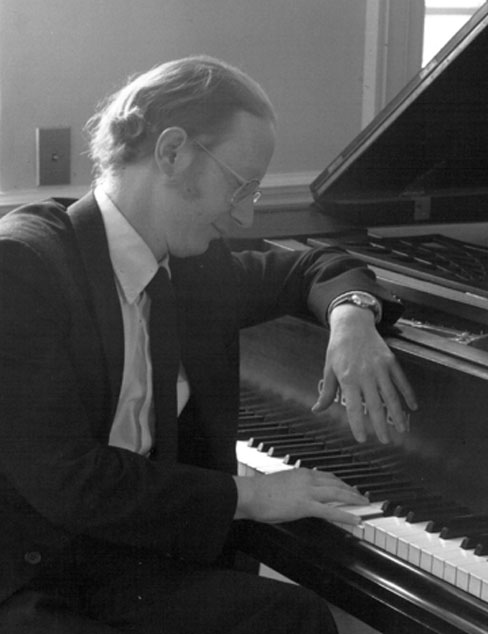In reference to the question of intervals, in relative simplicity to complexity, measured by the numbers of the ratio added together
unison 1:1 (2)
octave 2:1 (3)
5th 3:2 (5)
15th 4:1 (5) (a 15th is two octaves, not really a melodic interval)
so far the intervals are very like the lower part of the overtones series, another kind of "measurement" of simplicity to complexity. Lets go on; this is important to music education.
4rth 4:3 (7)
Maj6th 5:3 (8)
Maj3rd 5:4 (9)
Well, what is going on? We still haven't gotten to the minor third, which you say is such a basic instinctive interval! Hang in there, let's see where this takes us.
min3rd 6/5 (11) whew! finally!
min6th 8/5 (13)
Maj2nd 9:8 (17)
so where does this scale instinct come from? Major seconds are relatively complex, hard for the ear to sing in tune, I think. But they come from, I think the comparison of the notes most memorable to the "rational mathmatical sense" of alternating a 4rth and a 5th away from a given note. This "open feeling" or "clarity feeling" of a melody using moving in 4rths and 5ths with a limited number of new notes tends to progress in such a way as to include somewhere a major second or a minor third very soon. examples
C F C G F Bb G F G
C F Bb G
F C F G C F upperC upperC G
http://www.britannica.com/magazine/article?query=interval&id=2
what is this? I don't have time to check it out
http://hucbald.blogspot.com/
Saturday, July 21, 2007
Subscribe to:
Post Comments (Atom)

No comments:
Post a Comment